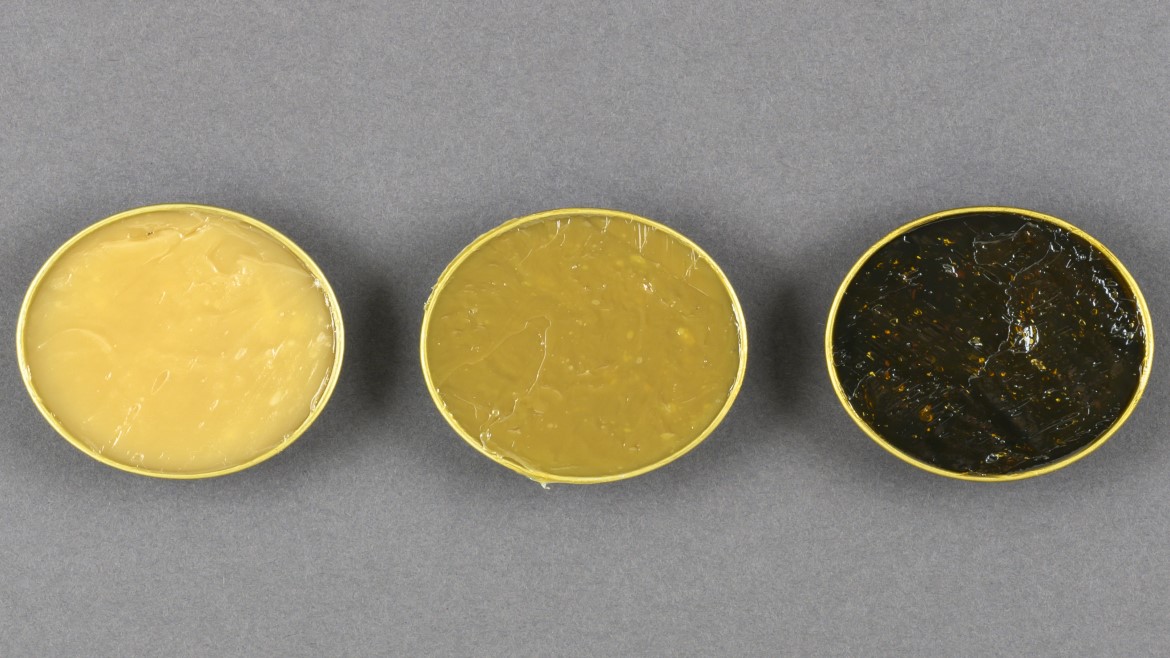Dec 13, 2021
Posted by Joshua Dickstein, PhD, Technology Development Manager
This article highlights the key takeaways from our recent Extended Hydraulic Oil Drain Intervals: Emergence of the Rexroth A2F10 Piston Pump Test, part of our Lubrizol360 Webinar Series featuring Lubrizol experts discussing important industry trends.
The primary function of a hydraulic fluid is to transmit power and protect equipment, but technicians understand that it serves many other functions as well. Properly formulated hydraulic fluids also:
- Protect hardware against excessive wear
- Minimize thermal and oxidative degradation
- Protect against contamination and sludge build-up
- Prevent rust and corrosion
- Reduce friction
- Dissipate heat
Given this multiplicity of functions, it’s important to understand that a hydraulic fluid is meant to protect the equipment throughout the entire lifetime of the oil. It’s incumbent on lubricant manufacturers and marketers to provide end users with the most accurate information on how long an oil will last under real-world conditions.
Two standard bench tests have been used to determine how well hydraulic oils function in equipment, but they have both had shortcomings when it comes to accuracy. Fortunately, today a new test has emerged—the Rexroth A2F10 Piston Pump Test—that more accurately mimics the conditions under which hydraulic oils operate. The A2F10 test provides end users with actionable information to determine how long a hydraulic fluid will last.
In this webinar, I examined the two standard bench tests and explained what they tell end users about the hydraulic oil life—and what they do not. I also introduced the A2F10 test and explained why it is quickly becoming the standard pump test to prove the mettle of today’s hydraulic fluids with the most accurate estimation of oil service life in real-world conditions.
Hydraulic Lubricant Trends
Several challenges face modern hydraulic lubricants that didn’t exist in the past.
- End users are demanding even more efficiency from their fluids, particularly focusing on lowering the total cost of ownership and extending drain intervals.
- At the same time, equipment is evolving in ways that put hydraulic fluids under more strain, meaning they must evolve to continue to offer the protection and performance that is necessary for today’s applications.
- Finally, the digitalization and automation of many applications require hydraulic fluids to operate in even more sophisticated systems than ever before.
For a more in-depth discussion of these trends and what they mean for the overall hydraulic fluid industry, I encourage you to watch our previous webinar, Global Hydraulic Fluid Market Trends and Challenges.
Where Traditional Testing Falls Short
Traditionally, there are two bench tests that are used to determine how anti-wear and antioxidant factors will affect the overall hydraulic oil life: ASTM D943 and ASTM D4310. These tests are commonly used because they are less expensive and quicker than field trials, but they have their drawbacks.
ASTM D943, for example, tests for oxidation potential by measuring the change in Total Acid Number (TAN), which does tell researchers something about the oil. In the real world, however, there are few hydraulic fluid failures related to oxidation and high TAN. Instead, contamination is the most common cause of failures, which makes the ASTM D943 test unhelpful as an appropriate indicator of hydraulic oil life.
In the same vein, ASTM D4310 is a modified version of the ASTM D943. It measures the weight of insoluble material formed over a period of 1000 hours. It also measures the total amount of copper in the oil, water and sludge phases, which takes it one step further than the original test. Even with these additional conditions, however, there is no correlation between what the test measures and overall oil life.
In short, simple bench tests are not sufficient to predict the oil lifetime in real-world applications. It’s clear that a new test was necessary to provide end users with a more accurate depiction of what that overall oil lifetime will be. That’s why the Rexroth A2F10 Piston Pump Test was developed.
How the New Test Accurately Predicts Oil Lifetime
In 2004, the Japanese Construction Machinery Association (JCMAS) launched a new specification that included a new high-pressure piston pump test requirement: the Rexroth A2F10 Piston Pump Test. Unlike other pump tests of hydraulic oils, this test does not measure wear. Instead, it tests sludging, oxidation and corrosion performance.
The A2F10 is a bent axis axial high-pressure piston pump. To run the test, researchers run 13 liters of fluid through the piston at a pressure of 5,000 pounds per square inch (PSI), a temperature of 80°C and a speed of 1,500 revolutions per minute (rpm). The sump contains 60 meters of copper catalyst and air is fed into the system at a rate of 1 liter per hour (L/h) to accelerate oxidation. Samples are taken at regular intervals over a period of 500 hours (usually every 100 hours), are tested on seven different parameters and must fall within the specified parameters at each sampling. If any of the key parameters are exceeded during the 500 hours, then the fluid doesn’t pass the test.
The A2F10 test procedure was designed to correlate 500 hours in the pump test to 2,000 hours of lifetime in the field. As a result, the oil drain interval (ODI) is often estimated to be four times the passing hours in the test. In other words, the longer the sample runs in the A2F10 test, the longer the ODI will be in the field. In some cases, that has meant that hydraulic fluids can last up to 8,000 hours in real-world equipment between oil replacements.
Our View
As the hydraulic market continues to grow and evolve, and OEMs and customers are increasingly focused on extending oil drain intervals, the traditional oxidative stability bench tests like ASTM D943 or ASTM 4310 don’t accurately predict oil lifetimes or correlate to in-service field performance.
In contrast, the Rexroth A2F10 pump test evaluates hydraulic fluids based on sludging, oxidation and corrosion performance rather than wear, which correlates more directly to the potential problems being seen in the field. This more accurate picture is increasingly valued by OEMs and oil marketers, particularly in the Asia Pacific region, which is why end users should pay close attention to A2F10 test results before choosing a hydraulic oil for their equipment.
For more information about the Rexroth A2F10 test, download the webinar slides here, or contact your Lubrizol representative today.









